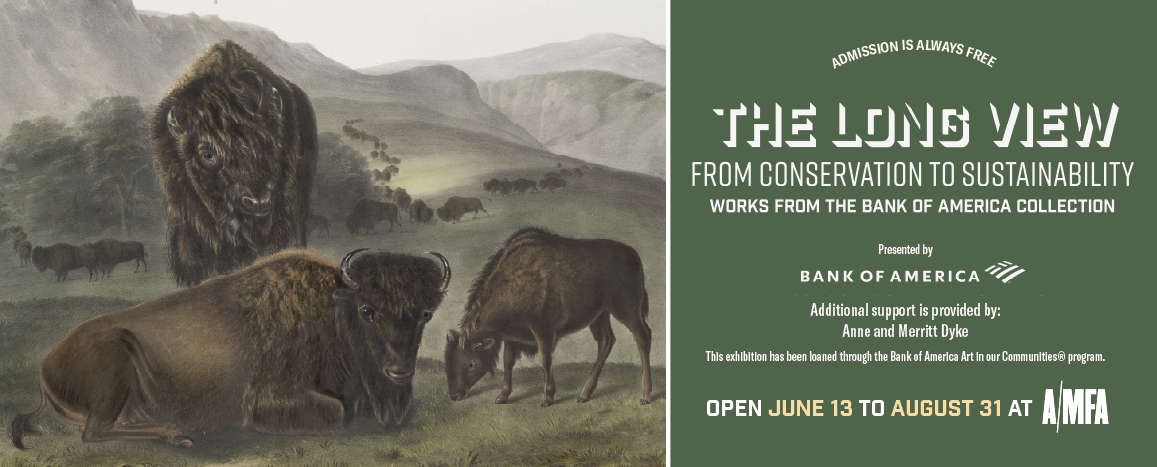It’s been called one of the fastest-growing segments of cycling. It’s also the original way to ride a bike. In the late 1800s, it was just called bicycling. Riding gravel or dirt roads, usually called gravel grinding these days has its roots in the most basic type of bicycle riding.

A quick bicycle history
“The Good Roads Movement was initiated by bicyclists in the 1870s and greatly expanded in the early 20th century with the advent of the automobile.As bicycles gained popularity in the United States, an organization called the League of American Wheelmen began calling for improved roads on which to ride.” Britannica.
Originally utilizing roads first created by and for horse and carriage traffic, the first bicycles were used as a transportation alternative to horses and pack animals. The evolution of the bike and roads paralleled as roads became paved, first with the encouragement of bicyclists, bicycles transformed into lighter, faster machines. When the first children’s bicycles came along, they were designed to ride in the many places where kids could ride, sidewalks, yards, gravel/dirt roads, and pavement. These bikes had fatter tires, simple braking systems, and heavy frames.
Sometime in the 1970s, a bunch of guys out in Marin, California made riding these kids and bikes, known as klunkers due to their lack of refinement compared to road bikes, famous for holding a regular event racing them downhills on dirt trails. At the same time, this kind of riding was happening all over the country, and they gave it a name, mountain biking.
While not all cyclists have embraced mountain biking, over the past couple of decades, many road cyclists have been looking for a safer alternative to road cycling. Increases in distracted driving brought on by smartphone use have driven much of this.

Two other types of cycling made the move to gravel easy. Touring bikes have been popular since the 1970s. The bikes used for touring were generally more robust to carry heavier loads, they could also handle a fatter tire designed to withstand the kind of hazards found along the shoulders of highways across the country. Cyclocross also enjoyed a growth period recently. The bikes for this competitive sport looked like road bikes but again, had wider, knobbier tires, and often had a higher bottom bracket to make getting over obstacles easier. These types of bikes were perfect to take on gravel roads whether for bikepacking, racing, or just recreation. Gravel grinding was born, again.
ArkansasOutside.com was recently featured on KATV, Good Morning Arkansas presenting some basics on gravel grinding in Central Arkansas
You can also see the video at Good Morning Arkansas.
Central Arkansas Options
Gravel grinding is happening everywhere. Due to some big events and thousands of miles of farm roads, Kansas has become a mecca of sorts for gravel grinding. Northwest Arkansas has a strong gravel-grinding community fueled by races like Big Sugar, The Rule of 3, and others. But, if you’re looking for an area that has extremely diverse gravel options, unlimited miles of gravel, and unparalleled beauty, look no further than Central Arkansas.
Using Little Rock/North Little Rock as a hub, there are gravel options in every direction. To the north and south, cyclists will find rolling hills, much like Kansas. The Ouachita Mountains to the west offer pure mountain riding through one of the largest national forests in mid-America. Riders looking for a farmland experience will find the Delta to the east both welcoming and diverse. Post-ride amenities abound in town with fantastic dining, top breweries, hotels, camping, and attractions.
The Little Rock Convention and Visitors Bureau has more information on cycling in central Arkansas including a map of gravel, road, and mountain bike routes. This is just a taste of what is available.

About the only thing missing is more events. Right now the only major gravel event happening is the Little Rock Dirty Fondo. Even the Slobberknocker seems to be on life support and was canceled for 2022. While locals are spending more and more time riding these routes, it’s the events that will bring more riders to the area, and is necessary to increase the visibility of this market as a leader in gravel grinding. A rural recreational roads initiative was recently announced in Northwest Arkansas. Hopefully, central Arkansas will be involved in ArkansasR3.
The Arkansas High Country Route utilizes gravel roads to the north and west of central Arkansas traveling across the Big Dam Bridge before heading back out of town. Fayetteville and Hot Springs have made hosting the Arkansas High Country Race, a citywide event. It would be wonderful to see Little Rock or North Little Rock support bringing the event to the area.
How to get into gravel grinding
The easy way to get into gravel grinding is using whatever bike you have. Road bikes can be a little tough but a comfort bike, touring bike, or mountain bike will work to get started. Take it easy the first time. A flat gravel road on a light wind day is best. Plan on a couple of miles the first time if you are not an experienced cyclist and then build up. Once you’re ready, check with a local bike shop to pick out a bike made for the type of riding you want to do. We recommend checking with one of our partners, Angry Dave’s Bicycles, The Community Bicyclist, or Shift Modern Cyclery.







